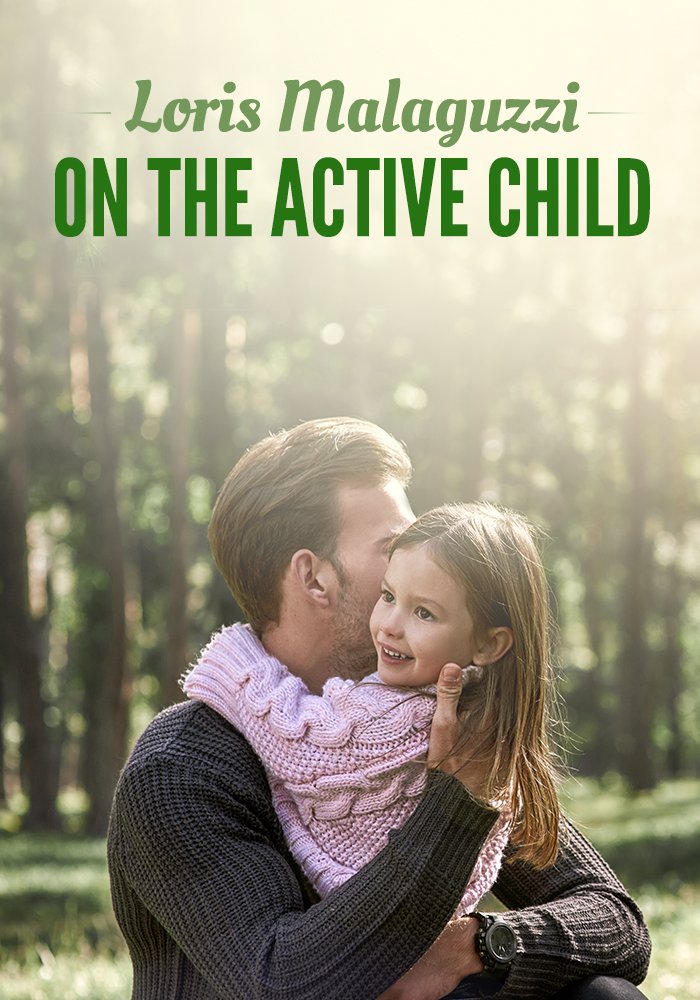Loris Malaguzzi on the Active Child

Loris Malaguzzi was an Italian educator and the founder of the Reggio Emilia approach to education, which is similar to other models like Montessori and Waldorf. Like other theorists of the late 20th century, including Bruner, Piaget, and Vygotsky, Malaguzzi centers everything on the active child who, together with a nurturing and experienced guide, actively constructs her own learning. At the heart of the Reggio Emilia approach is an emphasis on personalized learning, an emphasis that is a cornerstone of our education philosophy at Demme Learning. In a seminar he gave in Italy in 1993, Malaguzzi provides wisdom for the importance of personalized learning in the context of meaningful relationships.
Malaguzzi says that we should never “think of the child in the abstract.” Instead, we need to give close attention to the particulars of the child right in front of us, recognizing that she is “already tightly connected and linked to a certain reality of the world — she has relationships and experiences.” Malaguzzi says that “we cannot separate this child from a particular reality” and so must recognize that she brings “these experiences, feelings, and relationships” into the classroom. This is also true of you, the parent and educator. He writes that “when you enter the school in the morning, you carry with you pieces of your life — your happiness, your sadness, your hopes, your pleasures, the stresses from your life. You never come in an isolated way; you always come with pieces of the world attached to you.”
This emphasis on relationship has significant implications for the structure of education, in form, content, pacing, etc. Malaguzzi points out that “the environment you construct around you and the children also reflects this image you have about the child. There’s a difference between the environment that you are able to build based on a preconceived image of the child and the environment that you can build that is based on the child you see in front of you— the relationship you build with the child, the games you play.” He observes that “an environment that grows out of your relationship with the child is unique and fluid.” Recognizing this unique fluidity should lead us as educators to strive for flexibility as much as we can. As Malaguzzi advises, “we need to be open to what takes place and able to change our plans and go with what might grow at that very moment both inside the child and inside ourselves.”
This approach to education also asks us to take seriously both our emotions and the emotions of our children and students. Malaguzzi writes: “Teachers need to learn to see the children, to listen to them, to know when they are feeling some distance from us as adults and from children, when they are distracted, when they are surrounded by a shadow of happiness and pleasure, and when they are surrounded by a shadow of sadness and suffering.”
Malaguzzi also has powerful insight especially relevant to families who have adopted children from troubled backgrounds. He says: “What we have to do now is draw out the image of the child, draw the child out of the desperate situations that many children find themselves in. If we redeem the child from these difficult situations, we redeem ourselves.” This reminds me of the book The Connected Child by Drs. Karyn Purvis and David Cross which my wife Anna and I read as part of our training to be adoptive parents. In that book, the authors write that “with compassion, you can look inside your child’s heart and recognize the impairments and deep fear that drive maladaptive behavior – fears of abandonment, hunger, being in an unfamiliar environment, losing control, and being hurt.” Like Malaguzzi, the authors of The Connected Child ask us to recognize the complex ways that interior grief can manifest itself in external behavior. They write that “a child’s grief can take many shapes. It might look like opposition, agitation, aggression, withdrawal, or obvious sorrow” and they caution that “unless adopted children can authentically express their losses, sadness, and emotions, they will never be able to connect to you or others in meaningful ways.”
Further Reading
5 Tips for Reducing Math Anxiety in Your Children
